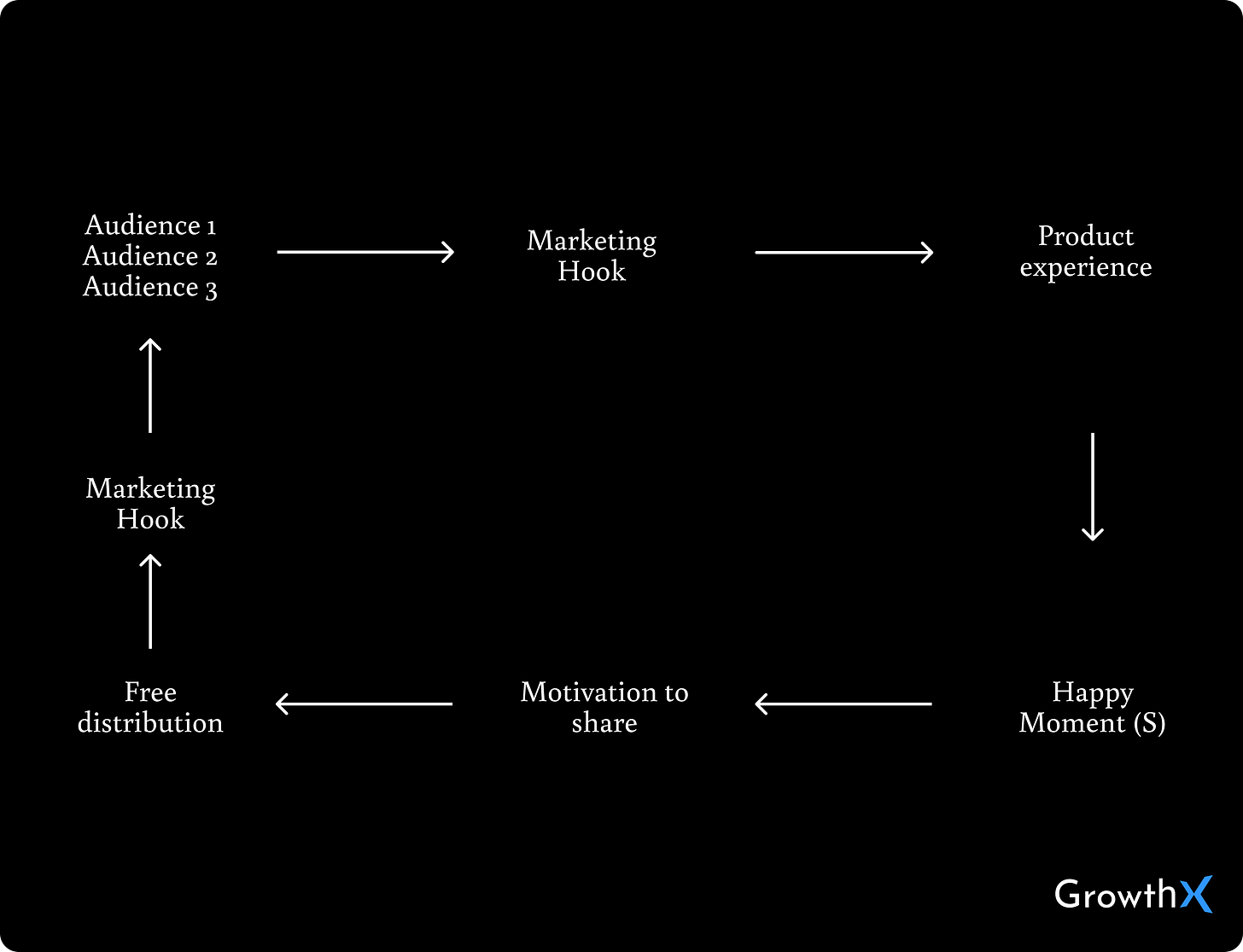The framework behind ChatGPT's distribution 💡
A combination of luck & frameworks but more of the latter.
Welcome to the 108th edition of the GrowthX Newsletter. Every Tuesday & Thursday I write a piece on startups & business growth. Today’s piece is going to 94,400+ operators & leaders from startups like Google, Stripe, Swiggy, Razorpay, CRED & more
Quick context 🗓
The amount of time it took to reach 60% of US population for a “technology” has gone down drastically in the last 100 years. “Telephone” took 47 years, “electricity” took 20 years & “the internet” took only 15 years.
There is new kid in town 👶🏻
With OpenAI launching ChatGPT last week, everyone has gone over the saga of what it does, the crazy blog stories & list of use cases have come out. I did take a pass at the tool and made a screenplay between Rahul Gandhi & Prime Minister Modi.
And ChatGPT reached 1 million active users in 5 days of launch 🤯
Yeah, a million, with no marketing spends. For the record, the last product that went this viral was “Clubhouse”, the audio social network app. And we all know where it is now. Clubhouse took multiple weeks to reach the 1 million users milestone.
So what’s the core insight behind viral distribution of these products?
Most want to believe that there is some magic wand to virality. Sorry to break your bubble - there isn’t. Virality is structured execution at it’s best. No hacks here. To get you an overall picture here’s a simple structure. Take 10 seconds to consume it.
First, the { right audience } X { marketing hook } 🎯
Be it the Elon Musk <> Startup audience for Clubhouse’s iconic audio room or Twitter <> Top social influencers for ChatGPT, every product had a core pitch that matched with the right protagonist of the audience. The “of the audience” is important. The reason why PV Sindhu can’t create virality for a cement brand ;)
Second, Product experience ✨
Remember all the spammy games which incentivised users to download an app in exchange of money? Even when the money found it’s match with the gamers, the spammy nature of the games made the whole experience terrible to play all those games. Compare that to ChatGPT or ClubHouse? The former solved it brilliantly (ChatGPT) while the latter(ClubHouse) was terrible at basic infrastructure.
Third, the happy moment ❤️
For ClubHouse audience, it was the Elon musk randomly jumping into an audio room with the Robinhood CEO. While for Chat GPT it was the feeling of a “genie” where most users felt in control of “the text creation”. Similar feeling when a Spotify user gets to experience a smooth music listening experience.
Fourth, motivation to share 🧠
It’s interesting to see humans value four things while making a “share” decision. It’s either of these or a combination of these. We go deep down into referral design in the GrowthX experience based on these motivations that trigger a “share” moment.
Fifth, the free distribution 📈
For ChatGPT it’s screenshots of folks bragging about their results page. For Clubhouse it was twitter cause the feeling that led to people writing Twitter threads was about “I was there with Elon Musk & only few hundred people & I heard the SEC & RobinHood gossip”. But, for different product it could be specific channels.
For Example, if the product has 1:1 to share, it will happen on direct messaging apps such as WhatsApp / FB messenger. While for 1:many share loop, it will happen on IG stories, Twitter threads, YouTube reels & so on.
But, importantly all of this free distribution should have the right marketing pitch as covered in first point above. Otherwise, this virality structure breaks & that’s the core insight on why certain product became viral at the start and then die a slow death. They just don’t find the right audiences or have a terrible marketing pitch in the user generated distribution.
Most internet products struggle to build viral. distribution ✨
That’s why we built an in-depth referral design framework that helps you design for viral distribution. We cover in-depth case studies around this in our GrowthX Limited Experience next week. Register now to experience the science of referral design, macro of growth & more. All you have to do is click the button below.
Do you like consuming Growth Shorts? 🤞🏻
Have you applied the learnings that we write every week? If yes, reply to this email on what insight have you applied to your own product & the impact it might have created. I’m super curious to understand & I read every freaking email from newsletter readers like you.





